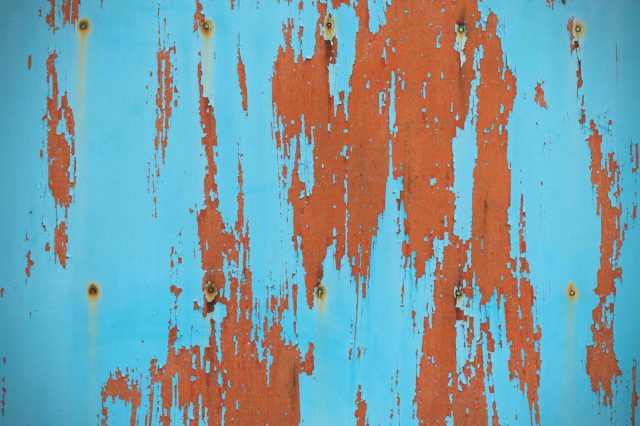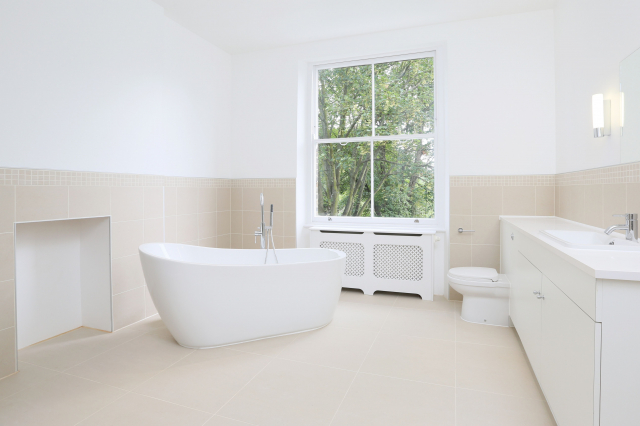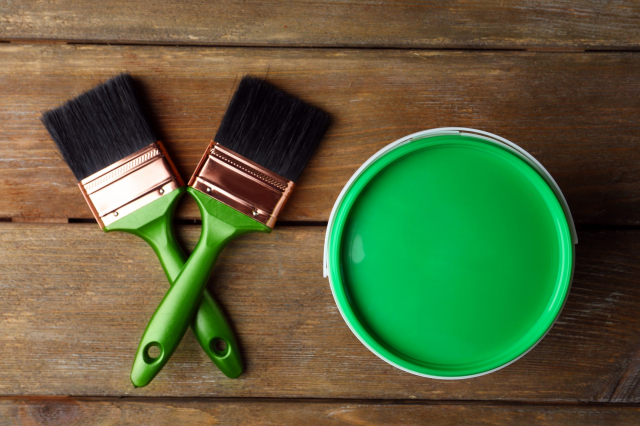How Long Does Wood Filler Take to Dry?
All nuances and tips regarding the use of a wood filler
When you need to fix any blemishes and unsightly flaws in wood, wood filler is exactly what should be used! It becomes especially useful when you need to cover holes left by nails, conceal minor blemishes, or hide mismatching joints.
However, when it comes to using wood filler, those who have never used it before tend to wonder how long it takes for the wood filler to dry. In addition, many homeowners often confuse wood filler with wood putty, believing that they are the same products!
So today we are going to tell you more about all this. You will find out more about wood filler dry time, you will learn how you can speed up its drying time, and what makes wood filler distinct from wood putty. Besides, we will explain what exactly wood filler is used for and what factors might influence its drying time.
How Long Does It Take For Wood Filler to Dry?
Speaking of wood filler drying time, you might want to know how long exactly it takes this substance to fully dry after you apply it. The answer depends on which type of wood filler you are talking about.
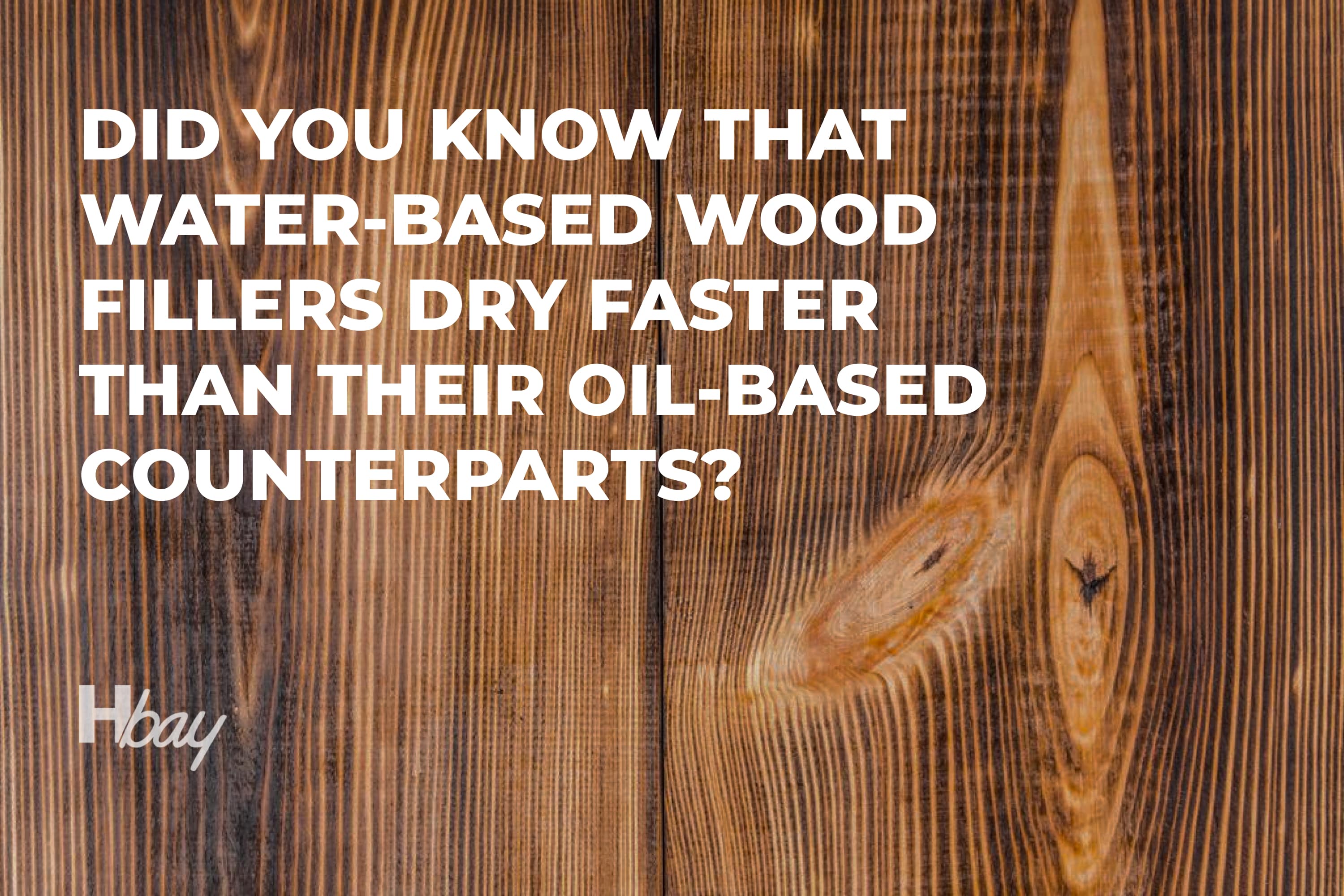
housekeepingbay.com
See, there are two types of wood fillers:
- Water-based fillers
- Oil-based fillers
Water-based wood fillers will dry faster than their oil-based counterparts of course. Typically, water-based wood fillers take between 30 minutes and an hour for a single shallow repair to dry. Should your wooden object needs a deeper repair and multiple layers of filler, you can expect the filler to dry in two to six hours.
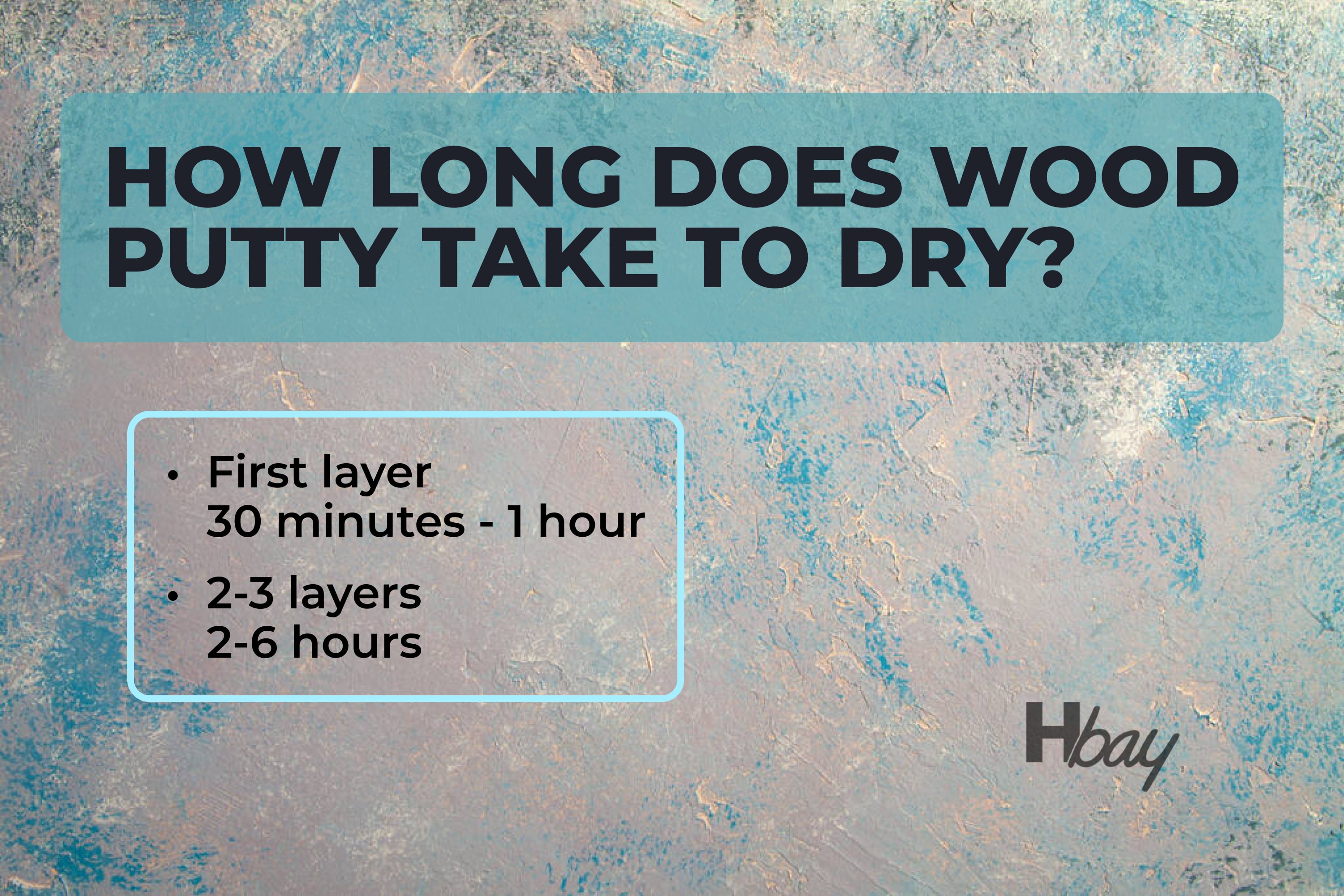
housekeepingbay.com
Oil-based wood fillers take more time to dry. You can expect from 10 to 20 minutes for the top layer to dry, but for a full cure and dry, it will take significantly more time! And after the first surface layer dries, you can wipe away any excess filler. After that, you will have to wait between 12 and 48 hours additionally for the filler to dry completely.
This is why it is important to figure out at once which type of filler you are dealing with. In addition, the dry times of your filler will vary based on the depth of the application. As you might guess, shallow repairs will take less time to dry. Deep ones, on the other hand, will dry longer, sometimes requiring multiple coats to fill.
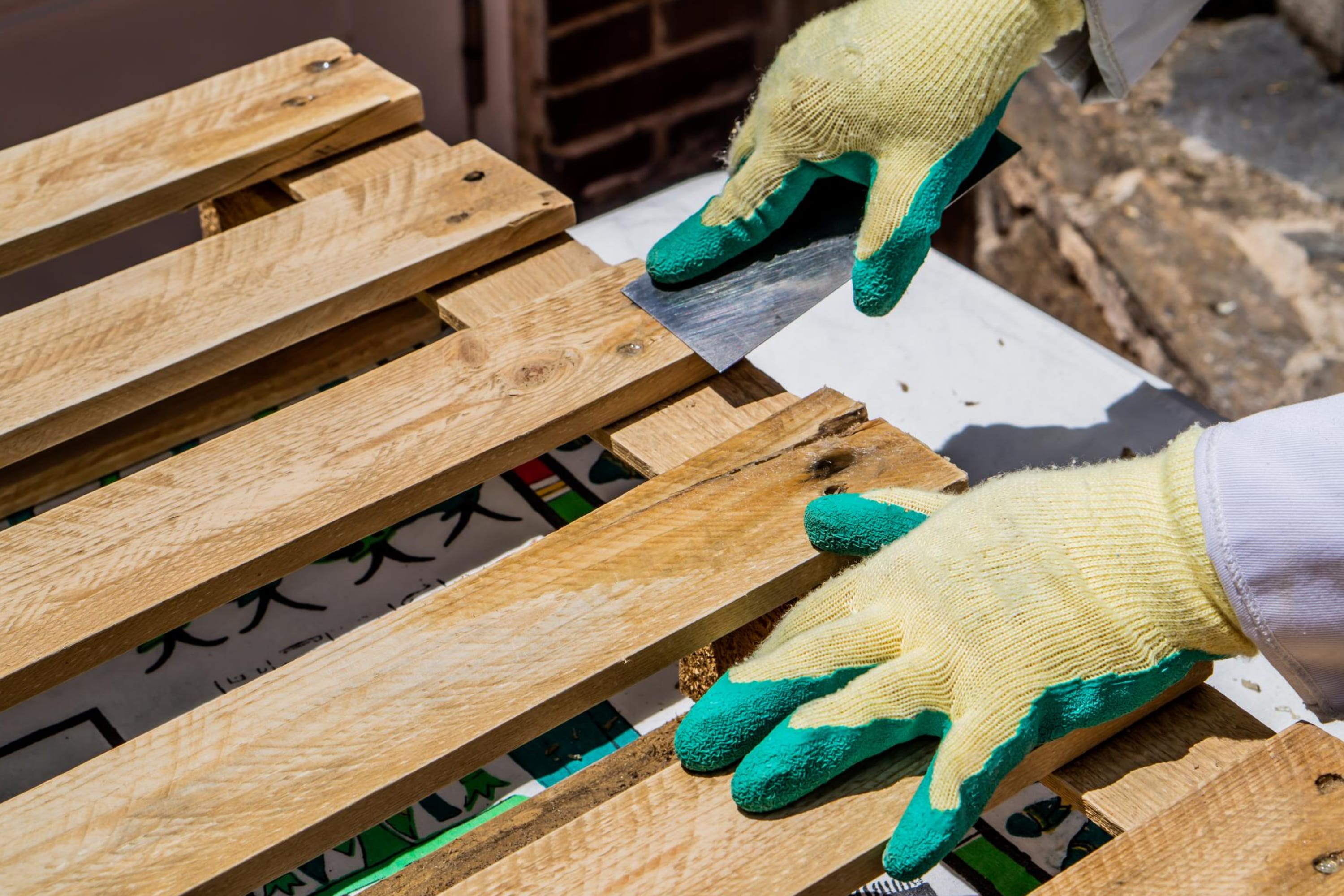
javierparedes via VistaCreate
Table of Contents
What Influences Wood Filler Drying Time?
Now that you know wooden filler might take a different amount of time to dry depending on its base, which can be either water or oil, you might be wondering now what factors could impact its drying time.

When it comes to paint, you know that it can dry faster or slower depending on the air humidity, air circulation, and other similar nuances.
But what about the fillers? Is there anything that influences their drying time?
In fact, yes, there are factors that can affect wood filler drying time and we have already mentioned one of them – it’s the type of the filler (water-based or oil-based). However, there is more that you should know about.
The Amount Of Filler
The amount of filler you use will determine how fast and how evenly it dries. As you might guess, a thinner formula will dry faster, whilst thicker formulas may take longer to dry.
However, you need to note that using fillers in thin amounts is not recommended since it can affect its potency. This is why you should apply a sufficient amount as needed even though you might have to wait longer for it to dry. Also, keep in mind that putting it into areas with bigger gaps will require more time and more substance.
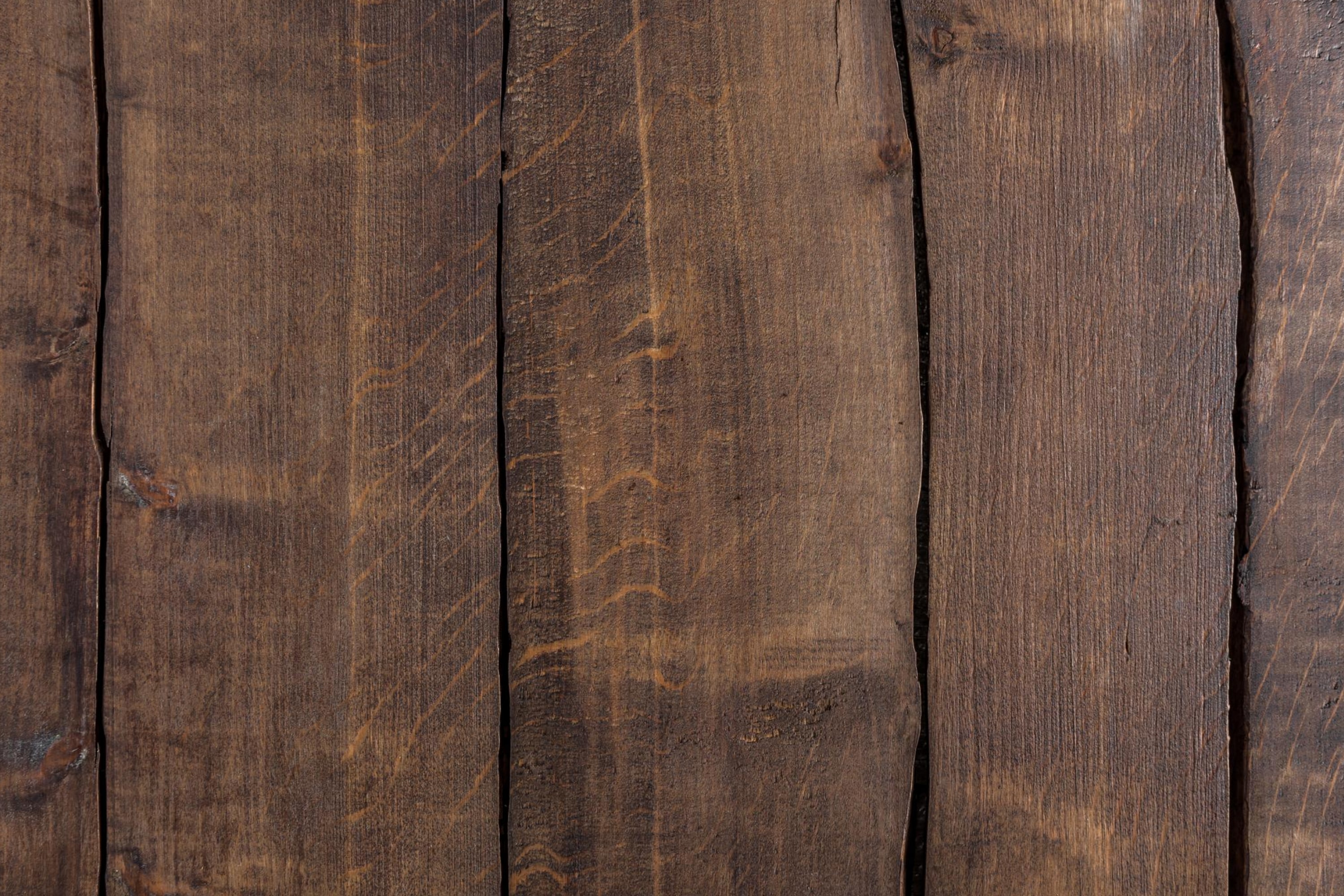
IgorTichenko via VistaCreate
The Type Of Filler
You already know that there are fillers and wood putty, however, there are also several existing filler variations:
- homemade power
- epoxy acrylic caulk
- epoxy
This is why you should choose according to your needs. The type of applied mixture and material will determine how long the filler will take to dry. The maximum time for some fillers to dry is 15 minutes.
Now that you know how much time wood filler can take to dry and what factors can influence its drying time, it will be easier for you to figure out what type of wood filler exactly you need for your project and how long you will have to wait until it dries.
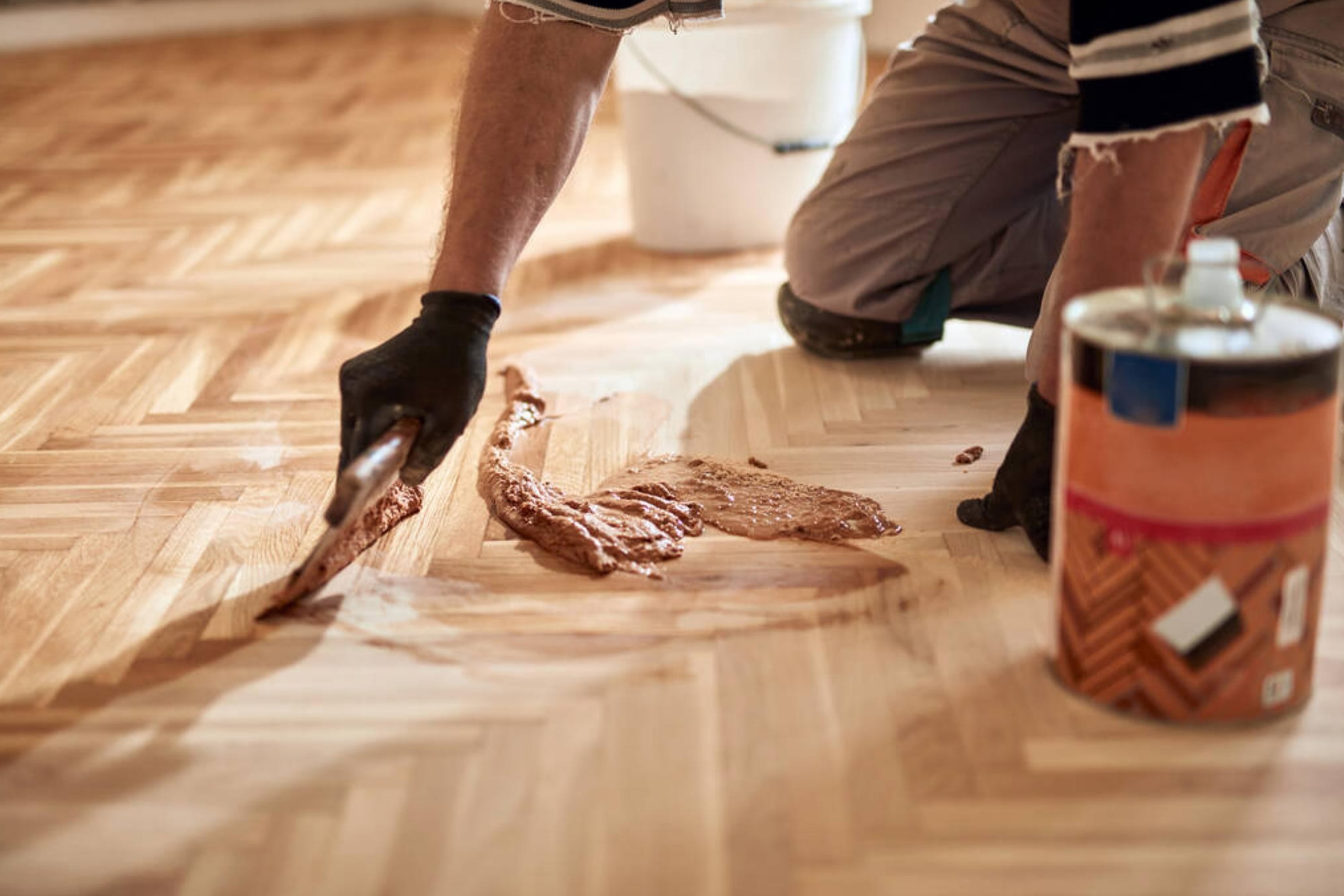
milangucchi via VistaCreate
How to Speed Up Wood Filler Drying Time?
Of course, when it comes to drying time, everyone wants to know whether it’s possible to make this process faster somehow. Somebody is just impatient and somebody really needs to speed up drying because of the lack of time and other important nuances. In general, there are a few tips and life hacks that can help you dry your wood filler faster.
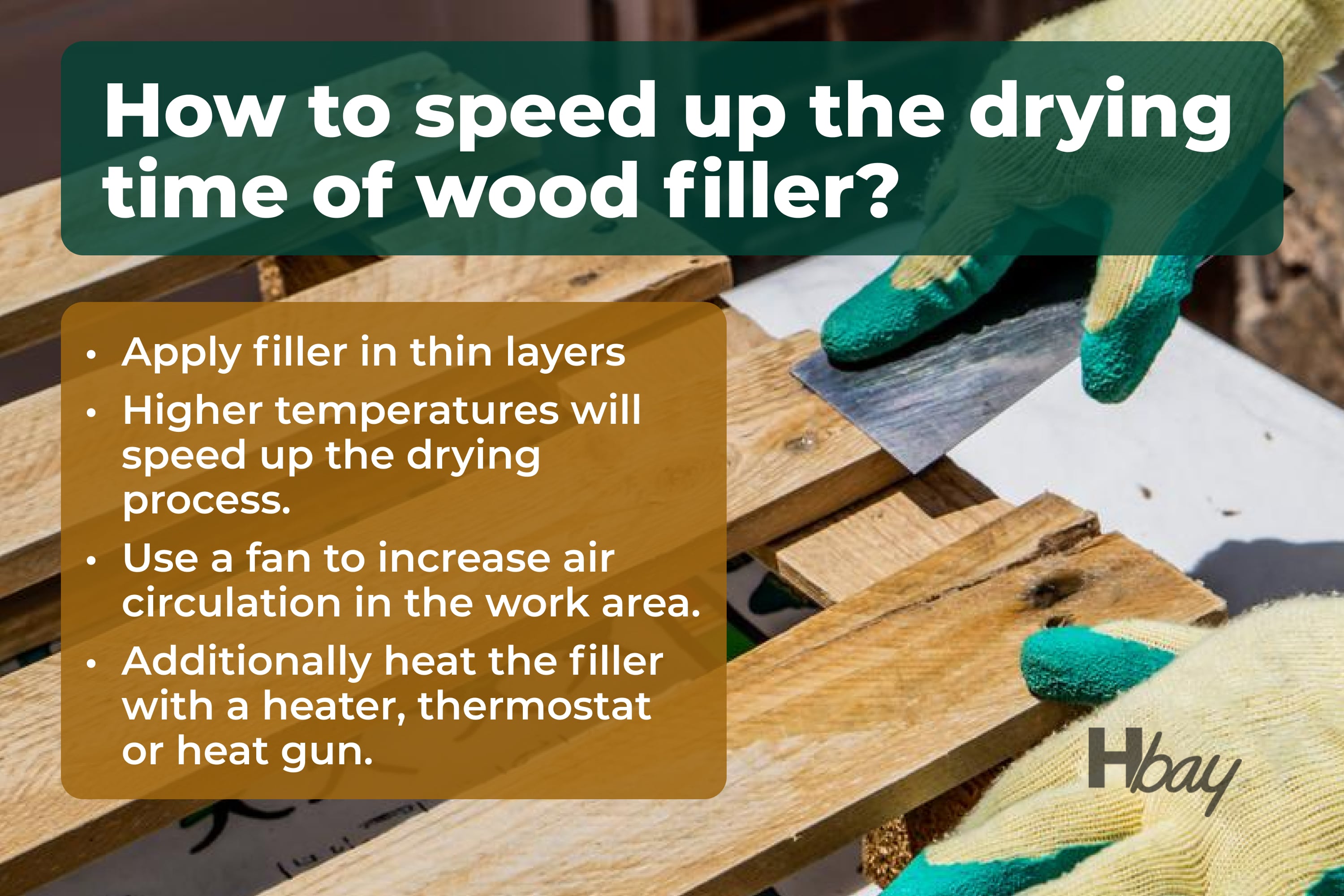
housekeepingbay.com
- Apply your filler in thin layers since thick layers of this product will take significantly longer to dry
- If your application requires a thicker layer of wood filler, consider applying it in multiple thin coats. This will speed up the overall drying time
- Apply it during the warm weather. For example, midday hours would be fine. The increased temperature will speed up the drying process
- Use a fan to increase the air circulation in the workspace. This will balance the humidity levels and make the filler dry faster
- Heat up the filler additionally by using a space heater, thermostat, or heat gun
With these simple recommendations, you will be able to shorten your filler’s dry time and avoid the fate of waiting too long until it’s fully dry.
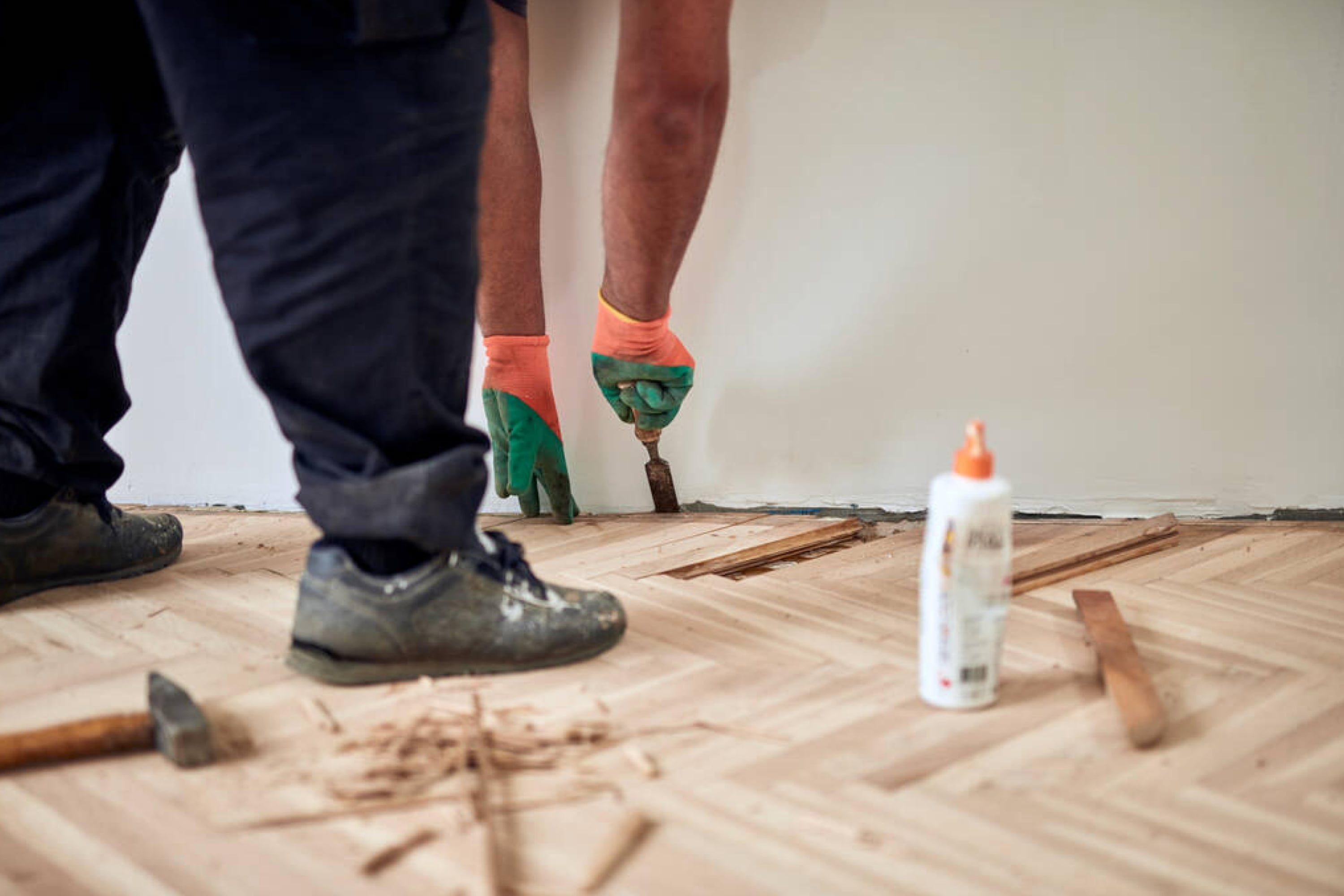
milangucchi via VistaCreate
What Is Wood Filler?
If you have never had to use this substance before, it’s a good opportunity to learn more about it and the way it works. Wood filler is a substance that is made from wood particles and fibers mixed with a binder and a thinner.
After you apply the filler to the surface, the thinner evaporates causing the filler to dry and harden. This creates a strong bond with the wood. And since it hardens, the filler helps the existing wood object/surface keep and preserve its integrity.
However, you should keep in mind wood filler is not a true structural material! Also, it is not designed to improve the strength of joints. It’s also not meant to be used as a replacement for mechanical fasteners! But it’s extremely good for fixing any blemishes and unsightly flaws in the wood.
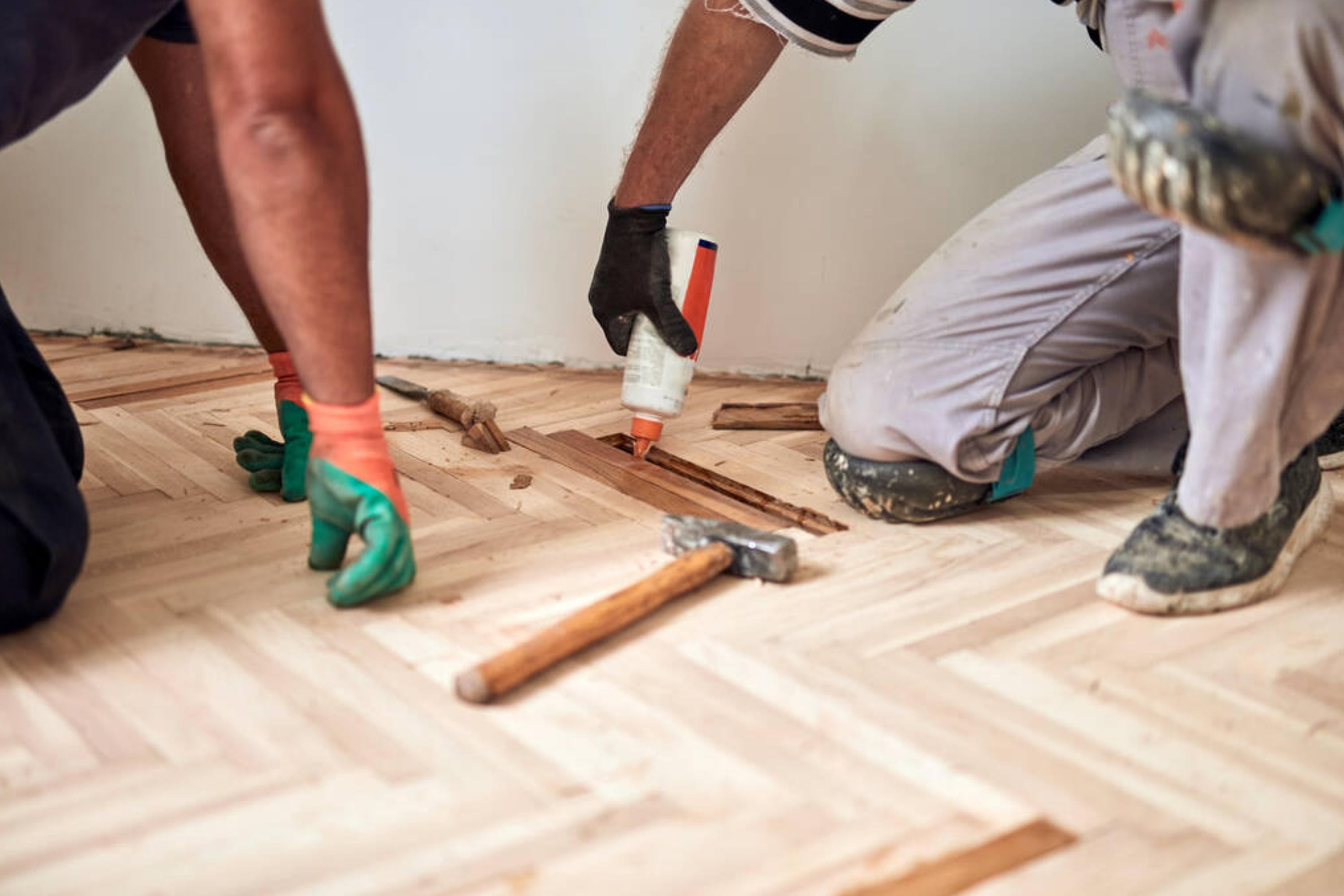
milangucchi via VistaCreate
What Wood Filler Is Used For?
As you can already see, the wood filler has a wider range of uses and applications, much wider than wood putty. Wood filler can be sanded, painted, and it is able to take fasteners. This is why it has a wide range of uses that include:
- repairing cosmetic damage
- wood rot
- holes left by nails or screws
- small gaps between joints
However, the wood filler has certain downsides too. Unlike wood putty, it lacks the flexibility and pliability of its counterpart. Because of that, wood filler is commonly used for indoor projects where wood expanding and contracting is not such a big issue.
But you should not worry about its safety for you or your family members! Most indoor wood fillers are water-based and consist of cellulose, gypsum, or wood fibers. Due to being water-based, they have a less strong odor and emit fewer volatile organic compounds (VOCs). They also dry quickly and you will only need some soap and water to clean them up.
Nevertheless, the wood filler also comes in exterior formulas. These are designed to resist shrinking and cracking from temperature fluctuations, humidity, and moisture. This type of filler is often oil-based, which means it has a higher VOC content and takes longer to dry than water-based fillers. Also, it will require acetone or something similar for cleanup.
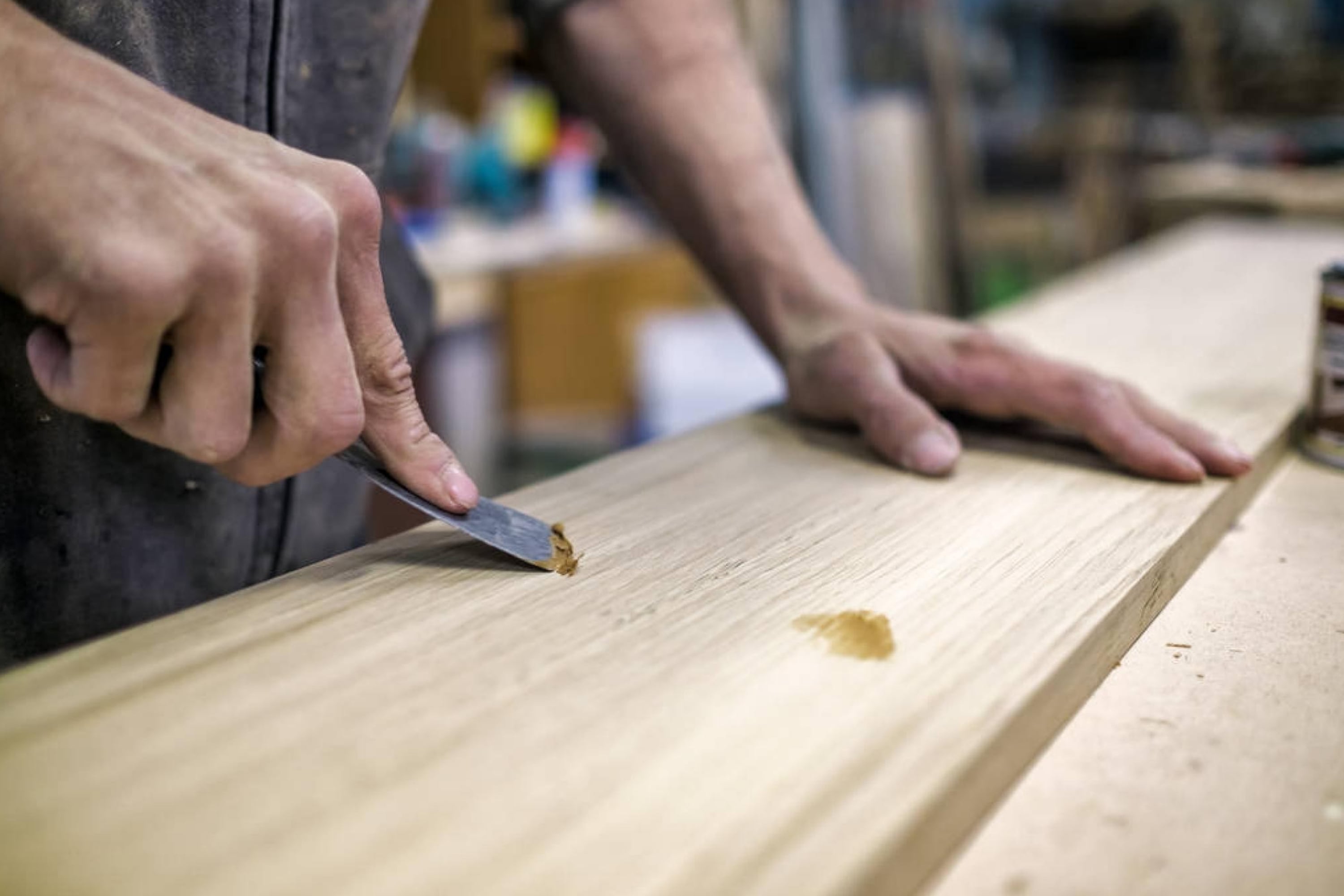
kodunov2 via VistaCreate
Wood Putty vs Wood Filler
Some of you might have seen the substance called wood putty in stores and probably, you are wondering whether it is the same thing as a wood filler. In fact, people often confuse these two, but the truth is that they are not the same.

Unlike wood filler, wood putty is a non-hardening paste. It can dry firm but it will not completely harden like wood filler.
Wood putty typically consists of plastic chemicals, oil-based compounds, and often a pigment. The pigment is used to match the color of the putty with the color of the finished wood.
This substance is commonly used for fixing small blemishes on finished projects like brad nail holes and joint blemishes. Because it doesn’t dry completely firm, it’s typically used to fill very small holes, where a total cure is not mandatory.
What Are Wood Putty Application Options?
As mentioned above, wood putty is mostly used to cover up small blemishes left by brad nails, finish nails, and other minor imperfections. Due to its flexible nature, it will expand and contract with the wood during changes in temperature and humidity.
This makes it ideal for use on outdoor projects, where wood tends to shift and move over time.
And since it is designed to be used without sanding, wood putty needs to match the color of your finished wood. That’s why you will typically find wood putty sold in a wide variety of colors and tints. Like that, you can match the putty with the wood finish.

triocean211 via VistaCreate
How Long Does It Take Wood Putty to Dry?
Speaking of wood putty dry time, it will usually get dry in 2 to 8 hours. But since it is a non-hardening substance, it doesn’t dry completely, meaning it doesn’t become fully hard to the touch. Some wood putties will dry to a certain extent, while others will remain pliable and flexible indefinitely.
Well, now you know more about wood fillers and wood putty, as well as their drying times. You are now aware of how much time it’s needed for the wood filler to dry and what the drying time depends on. In addition, we told you how soon wood putty can become dry.
And moreover, you learned that wood putty doesn’t actually harden when it gets dry, so you won’t be surprised to see that even after the drying period, it might still be slightly soft.

zorkii89 via VistaCreate
Ever wished paint sampling was as easy as sticking a sticker? Guess what? Now it is! Discover Samplize's unique Peel & Stick samples. Get started now and say goodbye to the old messy way!
Get paint samples




Frequently Asked Questions
⭐Does quick-drying wood filler exist?
If you want your filler to dry faster, opt for either a water-based one or for a latex one.
⭐What’s better, a wood filler or a putty?
There is no better or worse product. The one you use depends on your needs.
⭐Is wood filler a toxic compound?
If it’s an oil-based one, then it will have more VOCs that the water-based one. But it’s not toxic.

